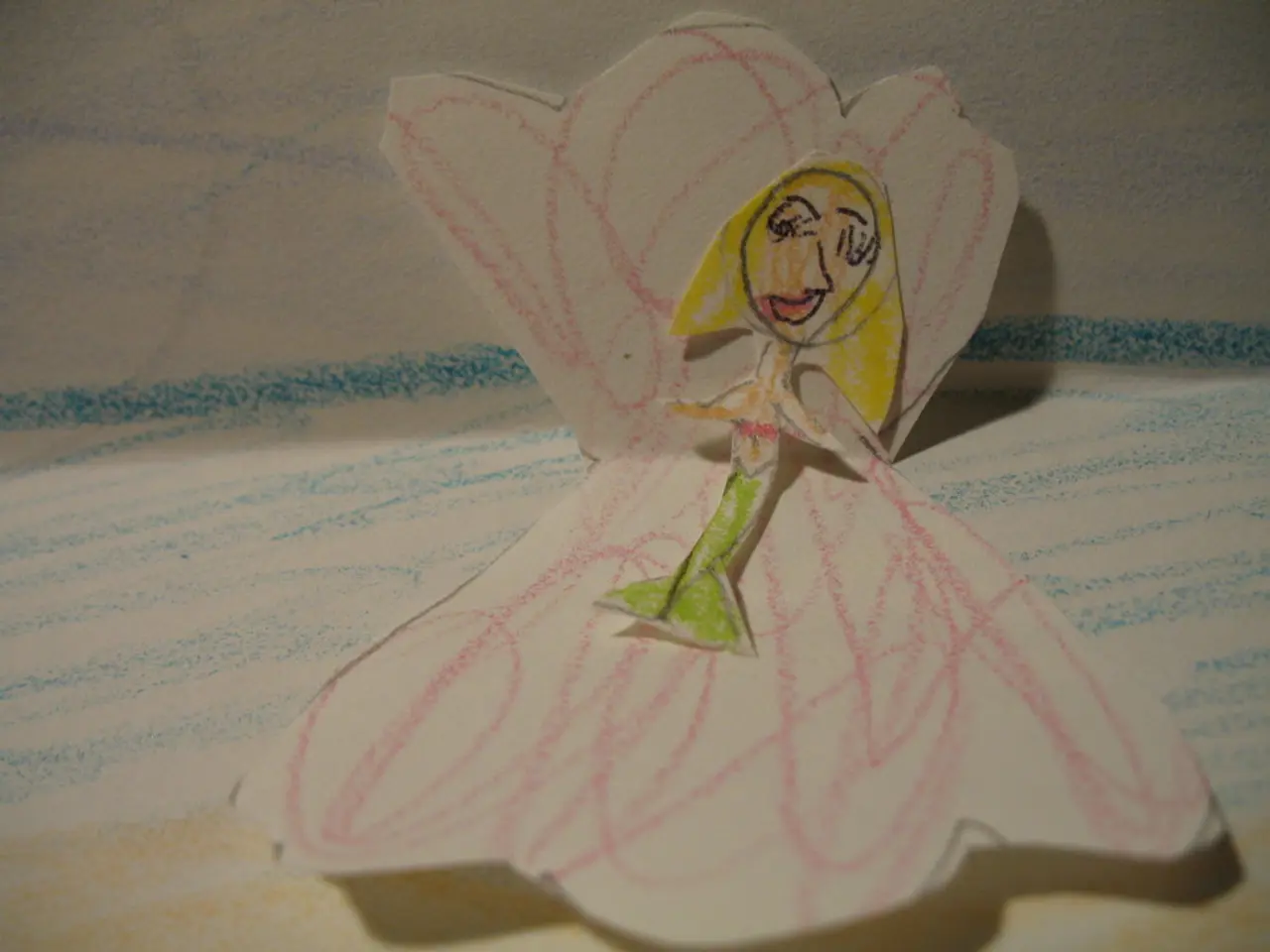Comprehensive Handbook for Artists and Designers: Crucial Insights for Innovators and Visionaries in the Art World
===================================================
In the digital age, art bases have become an invaluable tool for artists, providing a foundation upon which they can build their unique creations. However, it's essential to use these resources ethically and effectively. Here are some key practices to follow.
Respect Copyright and Usage Rights
Before using any art base, especially for publication or commercial purposes, it's crucial to obtain permission or verify rights. Always check the creator's conditions or licensing terms on platforms or websites where the base is found. Many bases come with specified rules about personal versus commercial use.
Transform the Base
Art bases should serve as a starting point, not a final work. Add unique features such as clothing, hairstyles, accessories, and facial characteristics to create distinct, original characters. This helps transform the base into a new artistic expression rather than a direct copy.
Work in Layers
Working in layers digitally allows for easy editing and clearer organization of original contributions versus the base lines. This is particularly useful when you need to make changes or want to preserve the base for future use.
Create Transformative, Original Work
If drawing from copyrighted photos or bases, incorporate new perspectives, stylization, or different compositions. This aligns with fair use principles since derivative works must add new meaning or change the original substantially.
Give Proper Credit
When incorporating or adapting someone else's work, acknowledge the original creator to uphold ethical standards. Even if fair use applies, giving credit is essential to maintain transparency and respect the original artist's work.
Select High-Quality Bases
Choose art bases that offer clear, clean lines and flexibility for modifications. Test different poses and styles to ensure the base supports your artistic needs without undermining your work's uniqueness.
Digital art software like Photoshop, Procreate, and Clip Studio Paint offer layer systems perfect for base creation. Building the base involves drawing the spine line for posture, adding circles for major joints, connecting joints with simple lines, and block in the torso and pelvis.
Stylized bases have flexible proportion rules, emphasized artistic elements, and creative pose possibilities. They allow more creative freedom with proportions and features. On the other hand, realistic bases require more detailed skeletal and muscle structure knowledge.
Online art communities offer thousands of free art bases for artists at all skill levels. Artists can also find legal art bases through established platforms like DeviantArt, artist websites, and dedicated art communities. Purchasing bases from legitimate sellers ensures proper licensing.
Remember, violating terms of use can result in takedown requests, legal action, or removal from platforms. Always communicate directly with base creators for unclear usage scenarios.
By following these practices, artists can respect the legal rights of original creators, boost their creative integrity, and support a positive artistic community.
[1] Fair Use: Copyright's Flexible Purpose [2] Using Art Bases in Your Digital Artwork [3] Fair Use and Transformative Works




